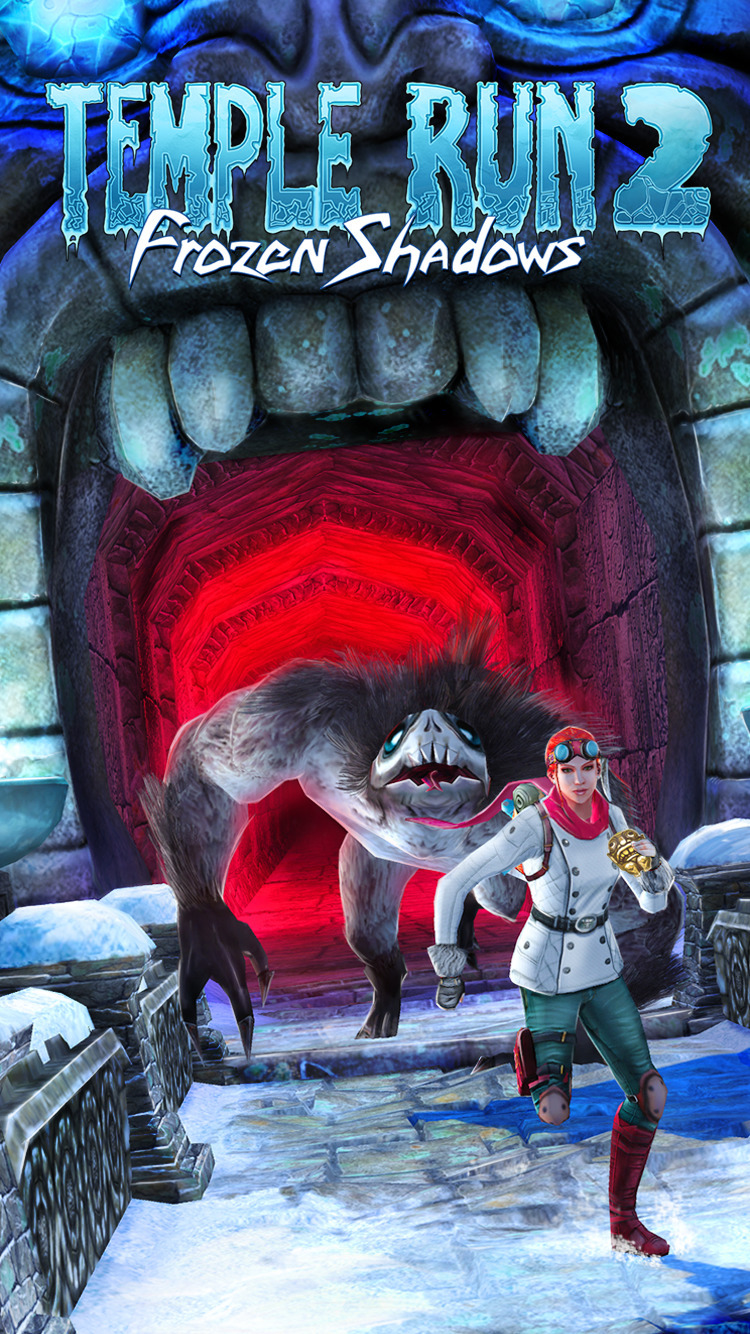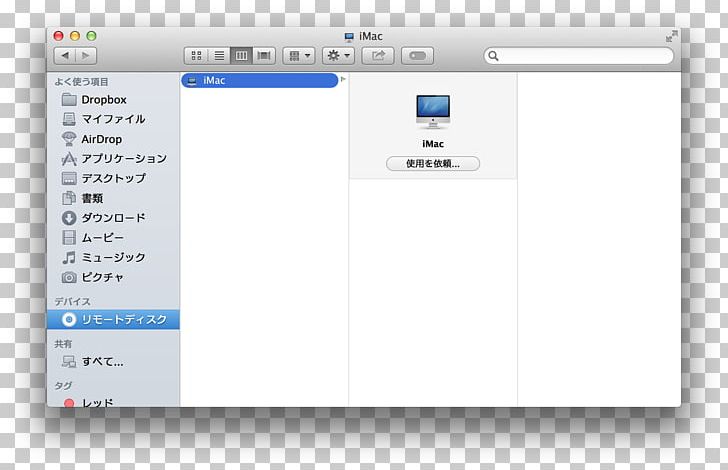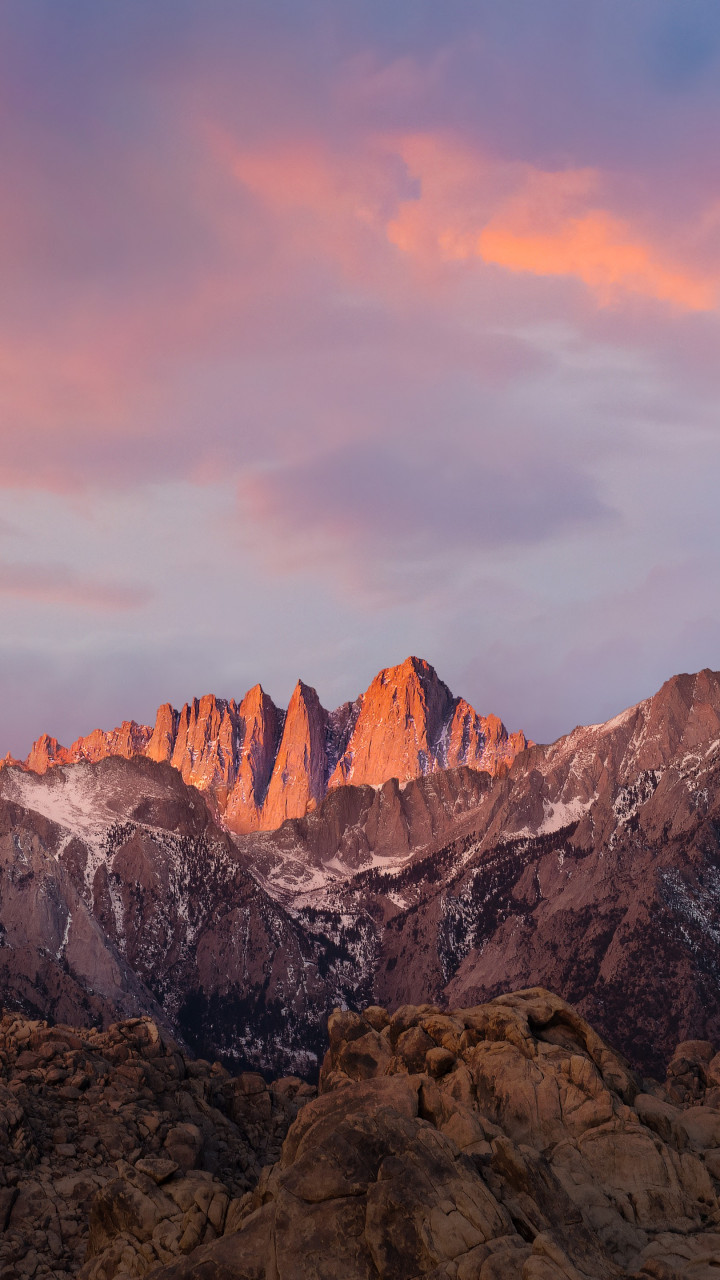The Mac OS X series is one of the best line up series of the operating systems. The tenth edition in the series is the Mac OS X Yosemite. The biggest and most advantageous part of the Mac OS X series is that the versatility of the operating systems in making the user is more comfortable. Mac OS is the computer operating system for Apple computers, and the popular latest version of this operating system is Mac OS X, OS X has a modern design and added new features to the operating system, and It runs unique Applications than the previous version of Mac. Download Mac OS El Capitan.
| ||||||||||||||||
An easy way to run 'classic' Mac OS applications under OS X/macOS. Under OS X or macOS, software written for the 'classic' Mac OS (i.e. Versions 6 through 9) can only be run through software that emulates Macintosh hardware from the 1980s and 1990s. Download Mac OS X 64-bit/32-bit installer; Python 2.7.7rc1 - May 17, 2014. Download Mac OS X 32-bit i386/PPC installer; Download Mac OS X 64-bit/32-bit installer; Python 3.4.1rc1 - May 5, 2014. Download Mac OS X 32-bit i386/PPC installer; Download Mac OS X 64-bit/32-bit installer; Python 3.4.0rc3 - March 10, 2014. Download Mac OS X 32-bit i386.
Downloading Nmap
Nmap and Zenmap (the graphical front end) are available inseveral versions and formats. Recent source releases and binarypackages are described below. Older version (and sometimes newer testreleases) are available from the dist directory(and really old ones are in dist-old).For the moresecurity-paranoid (smart) users, GPG detached signatures and SHA-1hashes for each release are available in the sigsdirectory (verification instructions). Before downloading, be sure to read the relevant sections for your platform from the Nmap Install Guide. The mostimportant changes (features, bugfixes, etc) in each Nmap version aredescribed in the Changelog. Using Nmap is covered in the Reference Guide, and don't forget to readthe other available documentation, particularly the new book Nmap Network Scanning!
Nmap users are encouraged to subscribe to the Nmap-hackersmailing list. It is a low volume (7 posts in 2015), moderated listfor the most important announcements about Nmap, Insecure.org, andrelated projects. You can join the 128,953 current subscribers (as ofSeptember 2017) by submitting your email address here:
You can also get updates from our Facebook and Twitter pages.
Nmap is distributed with source code under custom license terms similar to (and derived from) the GNUGeneral Public License, as noted in the copyright page.
Microsoft Windows binaries
Please readthe Windows section of theInstall Guide for limitations and installation instructions for theWindows version of Nmap. You can choosefrom a self-installer (includes dependencies and also the Zenmap GUI)or the much smaller command-line zip file version. We support Nmap on Windows 7 and newer, as well as Windows Server 2008 and newer. We also maintain a guide for userswho must run Nmap on earlier Windows releases..
Note: The version of Npcap included in our installers may not always be the latest version. If you experience problems or just want the latest and greatest version, download and install the latest Npcap release.
The Nmap executable Windows installer can handle Npcapinstallation, registry performance tweaks, and decompressing theexecutables and data files into your preferred location. It also includes the Zenmap graphical frontend. Skip all thecomplexity of the Windows zip files with a self-installer:
Latest stable release self-installer: nmap-7.91-setup.exe
Latest Npcap release self-installer: npcap-1.20.exe
We have written post-install usageinstructions. Please notify usif you encounter any problems or have suggestions for theinstaller.
For those who prefer the command-line zip files (Installation Instructions; UsageInstructions), they are still available. The Zenmap graphicalinterface is not included with these, so you need to runnmap.exe from a DOS/command window. Oryou can download and install a superior command shell such as thoseincluded with the free Cygwin system.Also, you need to run the Npcapand Microsoft Visual C++ 2013 Redistributable Packageinstallers which are included in the zip file. The main advantage is that these zip files are a fraction of the size of the executable installer:

Latest stable command-line zipfile:nmap-7.91-win32.zip
Linux RPM Source and Binaries
Many popular Linux distributions (Redhat, Mandrake, Suse, etc) usethe RPM package management system forquick and easy binary package installation. We havewritten a detailed guide toinstalling our RPM packages, though these simple commands usually dothe trick:You can also download and install the RPMs yourself:
Latest stable release:
x86-64 (64-bit Linux)Nmap RPM: nmap-7.91-1.x86_64.rpm
x86-64 (64-bit Linux)Ncat RPM: ncat-7.91-1.x86_64.rpm
x86-64 (64-bit Linux)Nping RPM: nping-0.7.91-1.x86_64.rpm
Optional Zenmap GUI (all platforms): zenmap-7.91-1.noarch.rpm
Source RPM (includes Nmap, Zenmap, Ncat, and Nping): nmap-7.91-1.src.rpm
Mac OS X Binaries
Nmap binaries for Mac OS X (Intel x86) are distributed as a disk image filecontaining an installer. The installer allows installing Nmap, Zenmap,Ncat, and Ndiff. The programs have been tested on Intel computersrunning Mac OS X 10.8 and later. See theMac OS X Nmap installpage for more details. Users of PowerPC (PPC) Mac machines, which Apple ceased selling in 2006, should see this page instead for support information.
Latest stable release installer: nmap-7.91.dmg
Source Code Distribution
This is the traditional compile-it-yourself format. The Nmaptarball compiles under Linux, Mac OS X, Windows, and many UNIXplatforms (Solaris, Free/Net/OpenBSD, etc.) It includes Zenmap, theGUI frontend.
Detailed Linux/BSD/Solaris compilation instructions and options are provided here, though this usually does the trick:
Most Windows users install with our Windows executable installer, but we also provide Windows source code compilation instructions.
Most Mac OS X users install with our Mac installer, but we also provide Mac OS X source code compilation instructions.
If you are compiling Nmap anyway, you might prefer to get the very latest code from our SVN source code repository rather than downloading a tarball here.
Latest stable Nmap release tarball: nmap-7.91.tar.bz2 (or gzip compressed)
Other Operating Systems
Many other operating systems support Nmap so well that I have no needto create and distribute binary packages myself. You can choose touse the packages below, or compile the sourcedistribution, which is often newer. We have created installation pages for the following platforms:
Linux (all distributions)
Microsoft Windows
Mac OS X
FreeBSD, OpenBSD, and NetBSD
Sun Solaris
Amiga, HP-UX, and Other Platforms
Nmap Site Navigation
| Intro | Reference Guide | Book | Install Guide |
| Download | Changelog | Zenmap GUI | Docs |
| Bug Reports | OS Detection | Propaganda | Related Projects |
| In the Movies | In the News | ||
Mac OS 9 for OS X/macOS
Run classic Mac OS apps in OS X/macOS | A similar system that runs System 7 | How to use it | Customization | What it contains | Acknowledgments | Support and contributions

An easy way to run 'classic' Mac OS applications under OS X/macOS
Under OS X or macOS, software written for the 'classic' Mac OS (i.e. versions 6 through 9) can only be run through software that emulates Macintosh hardware from the 1980s and 1990s. The most advanced of these emulator programs is SheepShaver. SheepShaver is no longer supported by its original author, Gwenolé Beauchesne, but updates are available from an active support forum at E-Maculation, and the program is actively maintained by a programmer who uses the name kanjitalk755.
This page provides a fully functional SheepShaver system that runs Mac OS 9.0.4 (US English version). Unlike other SheepShaver-based systems, it makes it relatively easy to exchange files between SheepShaver and OS X/macOS, and makes it easy to print from Mac OS applications to OS X/macOS printers, or to create PDF files on the OS X/macOS desktop. It requires OS X 10.10 Yosemite or later.
To install this system, download and expand Mac OS 9.zip. (The file is about 620MB in size; it contains a 1.5 GB hard disk image file.) You may copy the Mac OS 9 application to your Applications folder or run it from anywhere else. (Updated 10 February 2021 with a current version of SheepShaver.)
If, when you start the application, you see a long error message that includes the string 'translocation', then you must move the application to some other folder (and, if you want, move it back) before you run it. This is the effect of a new macOS security feature. The easiest thing to do is copy the application to your Applications folder.
An older version, with a slightly different feature set suitable for single-user systems (or for installation in the home folder of different users, is available here.
For a similar system that runs Mac OS 9 under Windows, see another page.
A similar system that runs System 7.6.1 in BasiliskII
I have created a similar, experimental system that runs System 7.6.1 under the BasiliskII emulator. You may download it in System761.zip. The System761 application works in essentially the same way as the Mac OS 9 application described elsewhere on this page: you may copy files to System 7 desktop by dropping them on the System761 icon. See the How to use it section below for further information. Note the special instructions for temporarily mounting disk images for installing or copying software in System761.
The System 7.6.1 app was updated 10 February 2021 with an updated version of BasiliskII.
If you insist on going back to System 7.5.5, download the similar but much less automated System755.zip.) It doesn't include the convenient file-transfer and printing features in the 7.6.1 version.
How to use it
I assume that you know something about Mac OS and don't need any advice from me. A few points are worth mentioning.
You can hold down the Option key while launching the application in order to access an options menu. See below for some details.
The Mac OS 9 system includes a startup script named ~MacOS9BackgroundScript. This script is used for transferring files from the host OS X/macOS system to the desktop of Mac OS 9.
As in all SheepShaver-based systems, you may use the Unix folder for transferring files to and from Mac OS 9. However, this system has other methods.
To run your own applications in Mac OS 9 (or System761), you absolutely must copy the application to the Mac OS 9 (or System761) emulated disk itself (or some other disk mounted in Mac OS 9 or System761). Do not try to run your application from the 'Unix' folder. Your application will not run, and will produce an error message instead! Do not drag an application directly from the 'Unix' folder to the destkop: that does not copy the application to the Mac OS 9 (or System761) system disk.
To transfer a file from OS X/macOS to Mac OS 9, drop the file on to Mac OS 9 app. After a few seconds, the file should be copied to the Mac OS 9 desktop. The original file remains on your OS X/macOS host system.
To transfer a file to OS X/macOS from Mac OS 9, use the standard SheepShaver method of dropping the file into the Mac OS 9 Unix folder; a copy of the file will appear in your OS X/macOS Documents folder.
To print from Mac OS 9 to your default OS X/macOS printer, simple use the File/Print menu in your Mac OS 9 application, and print with the default desktop printer, 'Print to OSX/macOS.' After a pause, the document should print to your default OS X/macOS printer.
To print from Mac OS 9 and select an OS X/macOS printer for the current print job, follow the instructions immediately above, but choose the desktop printer named 'Select OS X/macOS Printer.' After a pause, a popup list of OS X/macOS printers should appear; choose the one you want.
To create a PDF file in OS X/macOS when printing from Mac OS 9, follow the printing instructions above, but choose the desktop printer named 'PDF to OSX/macOS Desktop.' The resulting PDF file on the OS X/macOS desktop will have an arbitrary name based on the current date and time.
Screen and other options are as follows:
To toggle between windowed and full-screen mode, press Ctrl-Option-Enter. The custom build of SheepShaver used in this application uses this key-combination instead of the standard SheepShaver toggle key (Ctrl-Enter).
To use full-screen mode by default, hold down the Option key when launching Mac OS 9, and set the screen size option to full-screen. When SheepShaver starts up, use the Monitors control panel to set the screen resolution to the resolution that matches your OS X/macOS screen.
Multi-user systems:This application works in a multi-user system if installed in the Applications folder of the Mac's hard disk. If you want to enable the multiple-user features in OS 9, use the Extensions Manager control panel, and switch the extensions set to the one with 'multiple users' in its name and restart. You may then set up the OS 9 system for multiple users in the same way you did with a real Mac.

Starting with the version posted 10 August 2017, this application includes an additional feature that allows each user in an OS X/macOS multi-user system to create a second disk image that will be accessible in Mac OS 9 only to that user. Hold down the Option key when launching the application to access this and other options.
Customization
This system uses a special build of SheepShaver that does not use the Preferences pane. Instead, hold down the Option key when starting the app, and use the menus. Most of the menu items are self-explanatory.
To change the window size, hold down the Option key when starting the app, and choose the option to change the screen size. When SheepShaver opens, you will probably need to use the Monitors control panel to select the size that you want (especially if you select the full-screen option).
To add or replace a disk image with the Mac OS 9 system, shut down the Mac OS 9 app and drop a disk image file on its icon. After dropping a disk image file you will be prompted to perform the next steps.
Note: This method should work smoothly with disk image files that have the file extension .dmg, .dsk, .iso, or .toast. If your file has the extension .cdr or .hfv or .img, the app will ask whether you want to mount the disk in the system (as you probably do) or copy it to the Mac OS 9 desktop. If your disk image has some other extension, change it to .dsk and use the Finder's Get Info (Cmd-I) window to make sure that the old extension is not still being used.
For disk images used for games or software installation: If you want to mount a CD-ROM image that will let you install a game or other software, shut down the Mac OS 9 app, then drop the image on the Mac OS 9 app. Then follow the prompts to add the image as an additional disk, and choose the option to leave the image in its present location and link it to the application. Then, launch the Mac OS 9 app and install your game or software. Then shut down the Mac OS 9 app and either delete, move, or rename the disk image that you added and no longer want to use in Mac OS 9. The next time you start up the Mac OS 9 app, the disk image will no longer be on the desktop.
Again, the disk image must have the extension .dmg, .dsk, .iso, or .toast. If you drop an image with any other extension, then Mac OS 9 will try to copy the disk image file to its hard disk, which is not what you are trying to do. What you are trying to do is mount the image as a disk for use in the system.
To add or replace a disk image with the System761 system: Two methods are possible. Either hold down the Option key when starting the application and follow the prompts; or, if you only want to mount a disk image temporarily, create a folder on your home folder named 'System761 Disks' (without the quotation marks). Drag into that folder the disk images that you want to mount in System761, and launch the System761 app. When you no longer want to mount those disks, move them out of the folder or delete or move the whole folder.
Other customization options will be described if you ask for them.
What it contains
The Mac OS 9 application contains a standard US-English Mac OS 9 installation, without features that can't be used in this system, such as filesharing. It also includes a large number of standard Mac OS applications, plus some Control Panels, Extensions, and Scripting Additions. It adds two desktop images that are used by the supplied AppleScripts.
When the Mac OS 9 app starts up, it creates (if it has not already done so) a SendToMacOS9 folder in your OS X/macOS Documents folder; this folder is thus visible in the Unix folder in the Mac OS 9 system.
The file-transfer system uses the ~MacOS9BackgroundScript script described above. The Files from Host folder in the System Folder uses a CopyFiletoMacOS9 folder action script found in the Scripts:Folder Action Scripts folder.
Acknowledgments
Download Old Macos Server
This system is built on software provided by many people who are more expert than I am. The AppleScripts used in this application could not have been written without the help of many experts at Macscripter.net.
Download Old Versions Of Mac Os X
Support and contributions
Please do not ask me to help you customize the 'classic' Mac OS or advise you about any applications. Please ask for support in the E-Maculation support forum for SheepShaver. If you want to get in touch with me about the AppleScript used in this system, then please visit this page.
If you find this system useful, please feel free to make a contribution via PayPal from the link on this page.
Edward Mendelson (em thirty-six [at] columbia [dot] edu, but with two initials and two numerals before the [at] sign, not spelled out as shown here).
